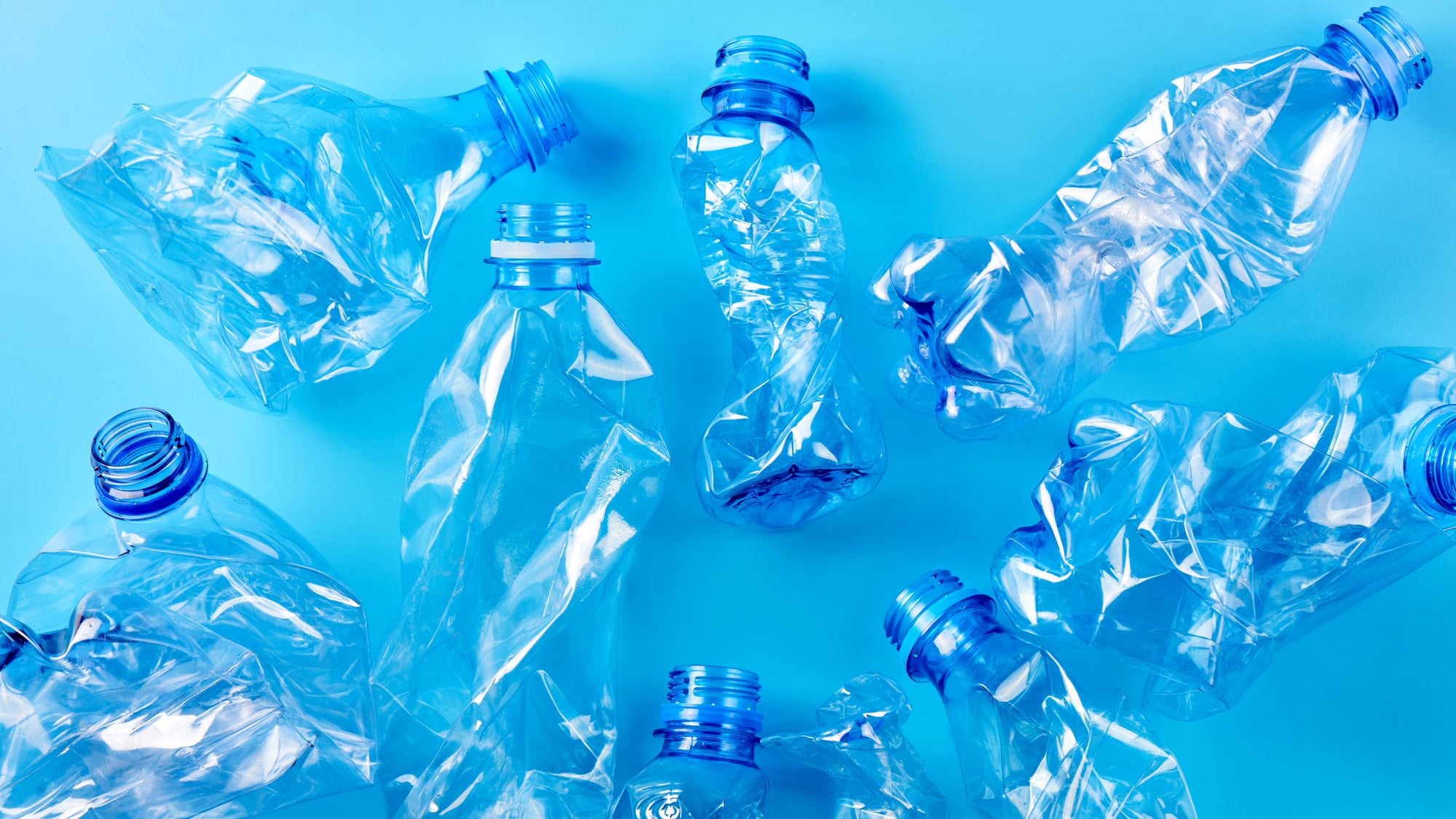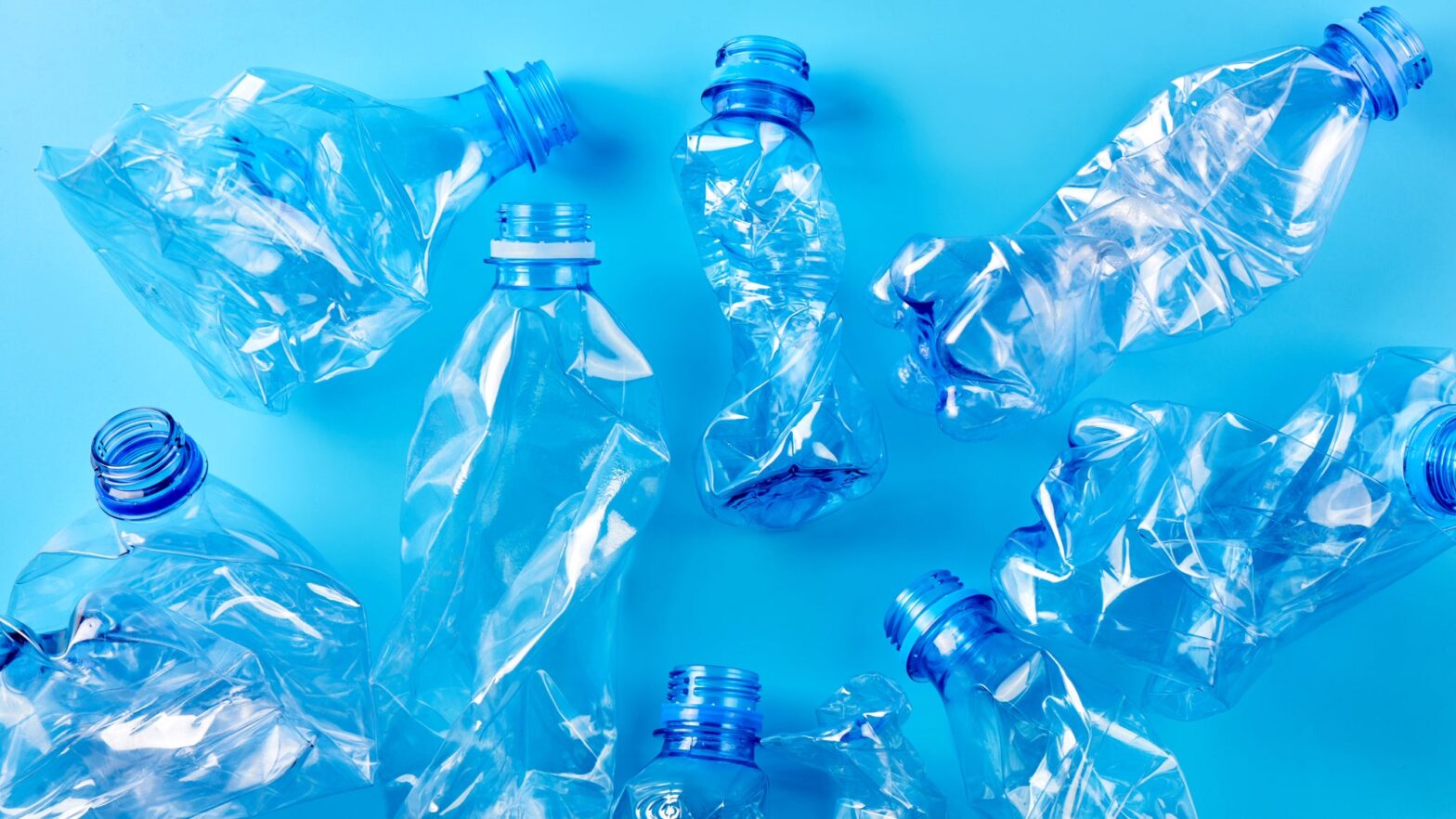
An unsettling report released barely a year ago painted a grim picture of the plastics industry—only about 5 percent of the 46 million annual tons of plastic waste in the US makes it to recycling facilities. The number is even more depressing after realizing that is roughly half of experts’ previous estimates. But if all that wasn’t enough, new information throws a heaping handful of salt on the wound: of the plastic that does make it to recycling, a lot of it is still released into the world as potentially toxic microplastics.
According to the pilot study recently published in the Journal of Hazardous Materials Advances focused on a single, modern facility, recycling plants’ wastewater contains a staggering number of microplastic particles. And as Wired explained on Friday, all those possibly toxic particulates have to go somewhere, i.e. potentially city water systems, or the larger environment.
The survey focusing on one new, unnamed facility examined its entire recycling process. This involves sorting, shredding, and melting plastics down into pellets. During those phases of recycling, however, the plastic waste is washed multiple times, which subsequently sheds particles smaller than 5 millimeters along the way. Despite factoring in the plant’s state-of-the-art filtration system designed to capture particulates as tiny as 50 microns, the facility still produced as many as 75 billion particles per cubic meter of wastewater.
[Related: How companies greenwash their plastic pollution.]
The silver lining here is that without the filtration systems, it could be much worse. Researchers estimated facilities that utilized filters cut down their microplastic residuals from 6.5 million pounds to around 3 million pounds per year. Unfortunately, many recycling locations aren’t as equipped as the modern plant used within the study. On top of that, the team only focused on microplastics as small as 1.6 microns; particles can get so small they actually enter organisms’ individual cells. This implies much more plastic escapes these facilities than previously anticipated.
“I really don’t want it to suggest to people that we shouldn’t recycle, and to give it a completely negative reputation,” Erina Brown, a plastics scientist at the University of Strathclyde, told Wired. “What it really highlights is that we just really need to consider the impacts of the solutions.”
Most experts agree that the most important way to minimize coating the entire planet in microplastics is to focus on the larger issue—reducing society’s reliance on plastics in general, and pursuing alternative materials. In the meantime, recycling remains an important part of sustainability, as long as both facilities do everything they can to minimize microscopic waste.

